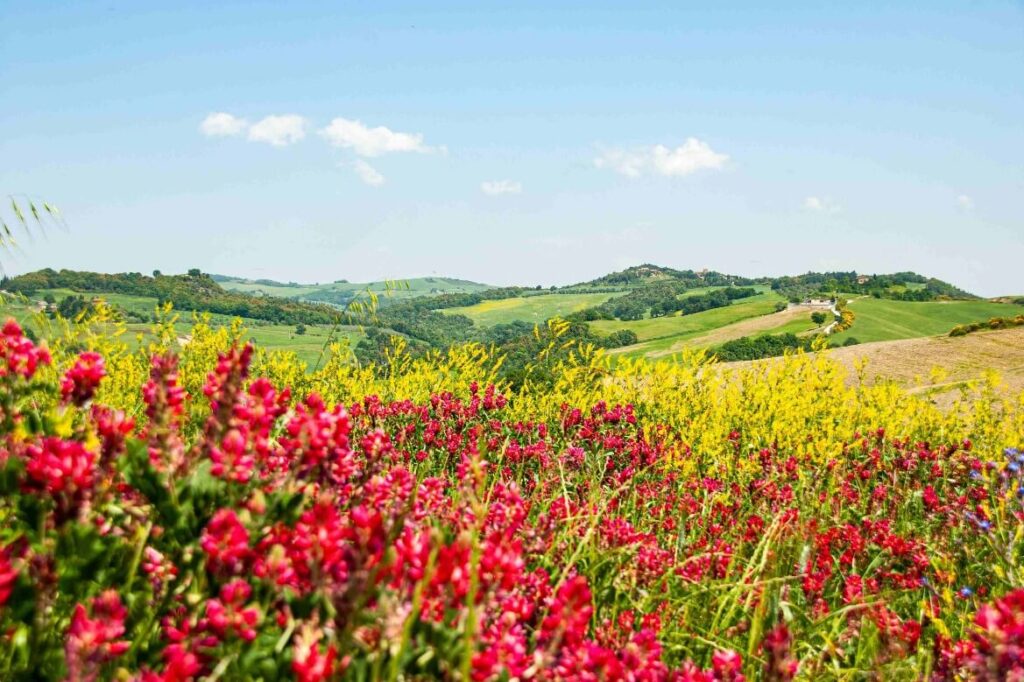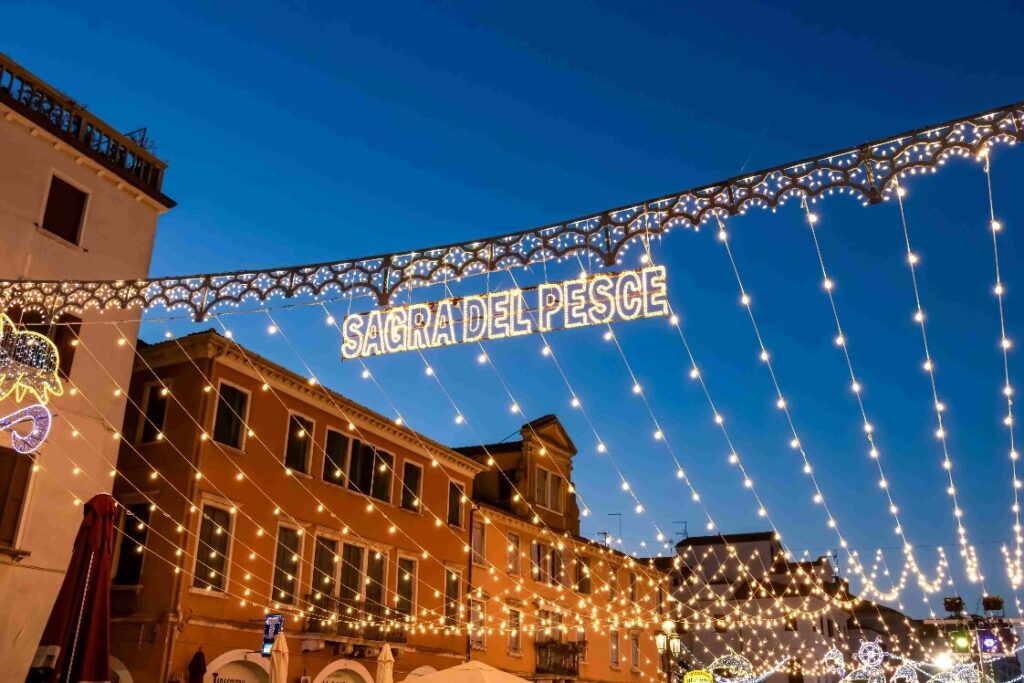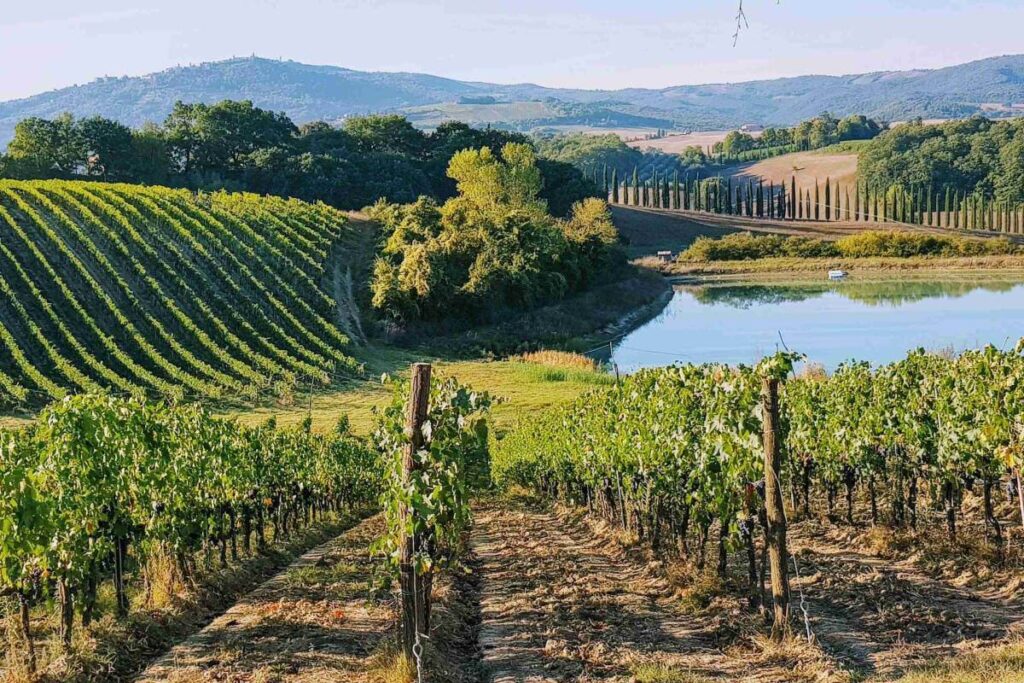Italy’s winter is in full swing, but with the seasonal festivities and new year celebrations over, many Italians are looking forward to the advent of spring only weeks away from March until May.
As temperatures steadily climb and the days draw longer, the country comes to life at this special time of year, which could be described as a calm, comfortable precursor to the Mediterranean summer.
Spring is the perfect time of year to see the awakening of Italy’s spectacular natural scenery and experience its plentiful cultural offerings before the summer crowds arrive. Here are six key reasons to consider a springtime trip to Italy.
Ideal weather and longer days
Known as ‘Ora Salore’, daylight saving time in Italy begins at the end of March. With the sun setting on the country’s piazzas about 7.30pm – gradually getting later throughout the season – you’ll have plenty of time for a full day of sightseeing before watching the light fade over an aperitivo or evening meal.
Average daytime temperatures are a comfortable 17-19°C in early spring, while later in the season they begin to resemble milder summer days.
Early spring can offer ideal conditions for active outdoor pursuits, whether they be scenic adventure activities or touring historic sites, while late spring could be the time to enjoy summer activities on the coast before the peak tourist season begins.
Colourful springtime blooms

Vibrant spring blooms are in full flower all over the country in spring, decorating the towns and cities with pops of colour and carpeting rural landscapes with vivid swathes of red, purple, yellow and pink (among others).
The snowy landscapes of Abruzzo make way for fields of wild purple-hued crocus flowers, while Tuscany is known for its towering sunflowers, and the scent of lavender fills the air in rural Piedmont. At this pivotal time of year for nature, Italy’s many beautifully manicured gardens also spring to life, from the tulips of Sigurta Garden Park near Verona to the several gardens of Florence including the popular Boboli Gardens and the Giardino delle Rose.
Festivals galore

From flowers and seasonal produce to religious celebrations and wine, there is a festival for just about everything in Italy – many of them held during the springtime.
While you’ll enjoy festive fun and abundant food around Italy’s towns and cities throughout Easter Week at the end of March, the Infiorata Festival gets underway in the blossoming months of May and June where several towns become decorated with magnificent tapestries of flower petals. Italy’s biggest Infiorata Festivals include Noto in Sicily, Spello in Umbria and Genzano in Lazio.
Sagra (local festivals) are also abundant across Italy during the spring months. Typically held to celebrate local delicacies, highlight events include the Festival di San Marco celebrating Veneto cuisine, Liguria’s Sagra del Pesce (fish festival) in Camogli and the Sagra del Risotto on the slopes of Langhe in Piedmont. Meanwhile, Vinitaly is a must-experience festival for wine lovers in either April or May, bringing together wine tastings, workshops, and a vast selection of wines at discount prices.
Summer spectacles (without the crowds)
Right across Italy, spring is the time when most museums, cultural sites, and gardens launch their summer programmes and exhibitions.
During this time, you can appreciate the many incredible spectacles and extended opening hours that summer visitors will enjoy but without as many people around you.
Seasonal foods and wine

As a country that places high value on its home-grown produce, many of Italy’s vegetables and fruits are seasonal and spring is the ideal time to capitalise on some of the country’s best offerings. While colourful fruits and vegetables flood the market stalls in spring, including the famous Roman artichokes which are usually only consumed in spring, restaurants begin to introduce a variety of seasonal dishes to their menus, from artichoke pasta and asparagus risotto to more hearty dishes like lamb stew.
Spring is also the season for some specific wine varietals you might not get a chance to try at other times of the year, especially white wines such as vermentino, pinot grigio and trebbiano.
You might also visit some of the countryside wineries in all their springtime glory from the rolling hills of Marche to the plains of Tuscany and Lazio.
Lower travel costs
Like any destination, the cost of travelling to and around Italy during the peak summer season can be higher than at other times of the year.
While you’ll probably find much cheaper airfares to Italy during spring compared to the northern hemisphere’s popular summer holiday period, lower visitor numbers mean the cost of accommodation around the country is likely to be less meaning you’ll either save money or get more bang for your buck.
It’s also worth keeping an eye open for out-of-season promotional fares offered by Italy’s train operators and domestic airlines.
Have you ever been to Italy? What tips would you provide the first-time traveller? Why not share your experience in the comments section below?
Also read: Hard or soft, what’s the best luggage for your next trip?

